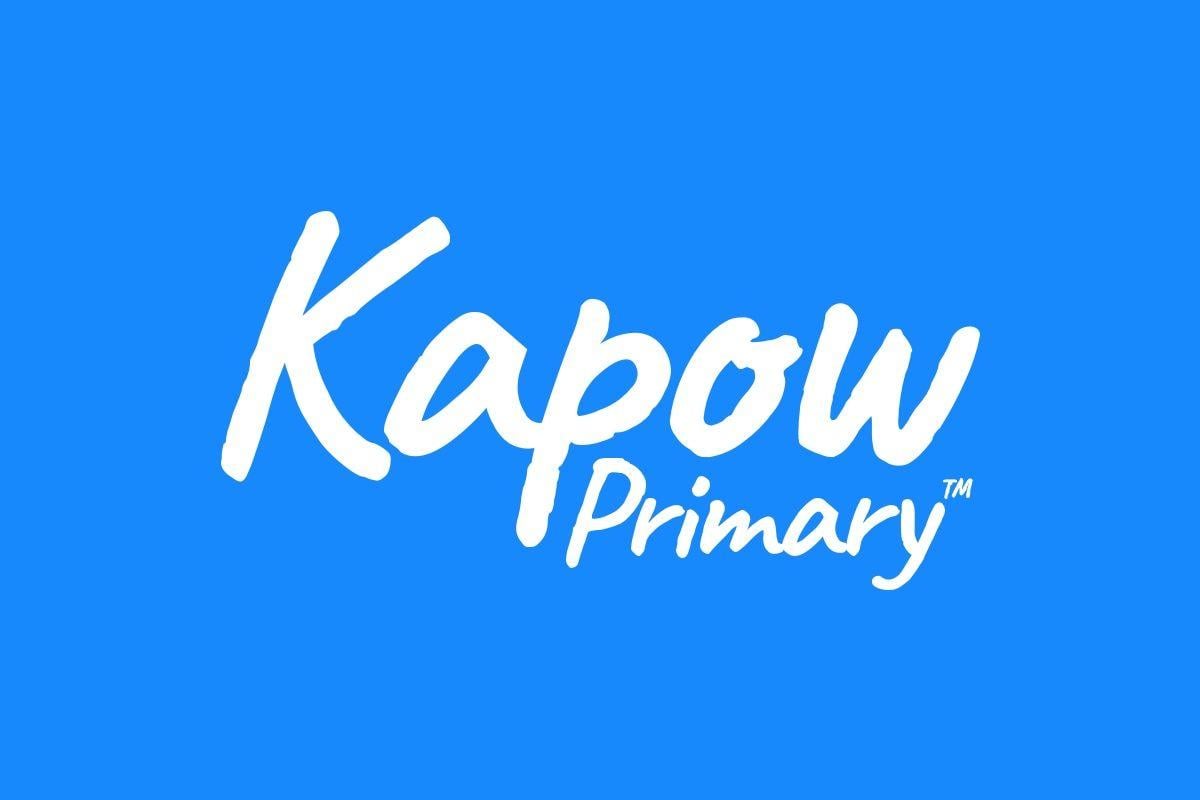Learning objective
- To know how texture can be created with paint.
Success criteria
- I can describe
This content is for subscribers only. Join for access today.
National curriculum
Art and design
Key stage 1
This content is for subscribers only. Join for access today.
Cross-curricular links
None.
This content is for subscribers only. Join for access today.
Before the lesson
This content is for subscribers only. Join for access today.
Lesson plan
Recap and recall
Challenge pupils to recall the three primary and three secondary colours. Can they say which two colours are mixed to make each secondary colour?
This content is for subscribers only. Join for access today.
Extended-mode explainer videos
How to extend your display to view the lesson page and preseantion mode simultaneously. Choose your operating system below to watch the video
If you need further support with extending your display,
please contact [email protected].
Extended-mode explainer video: For Mac
Extended-mode explainer video: For Windows
Differentiation
Pupils needing extra support
Some pupils may not want to handle objects and may find it easier to recreate colour and texture from a picture on the Activity: Texture hunt images; the opposite may be true for others so try and provide a range of stimuli to choose from. Some children may need support with colour mixing initially; stress that they are experimenting and it doesn’t have to be ‘right’. Directing children towards more unusual tools for trying out textures will help those who feel constrained by trying to be neat; remind them they are making different marks to find the best match for how something feels. Consider placing some helpful colour and texture vocabulary up in the classroom during the activity.
Pupils working at greater depth
Children should be encouraged to describe their approach to colour mixing; ask, for example, why are they adding more white? more yellow? what do they expect will happen? Encourage them to explore possibilities for creating textures by combining the marks made by several tools. Ask them to compare things they have tried and encourage using accurate language for description.
This content is for subscribers only. Join for access today.
Assessing progress and understanding
Pupils with secure understanding indicated by: describing the colours and
This content is for subscribers only. Join for access today.
Vocabulary definitions
-
primary colours
Red, yellow and blue; the colours from which all other colours are mixed.
-
secondary colours
Green, purple and orange; colours made by mixing primary colours.
This content is for subscribers only. Join for access today.
Example work
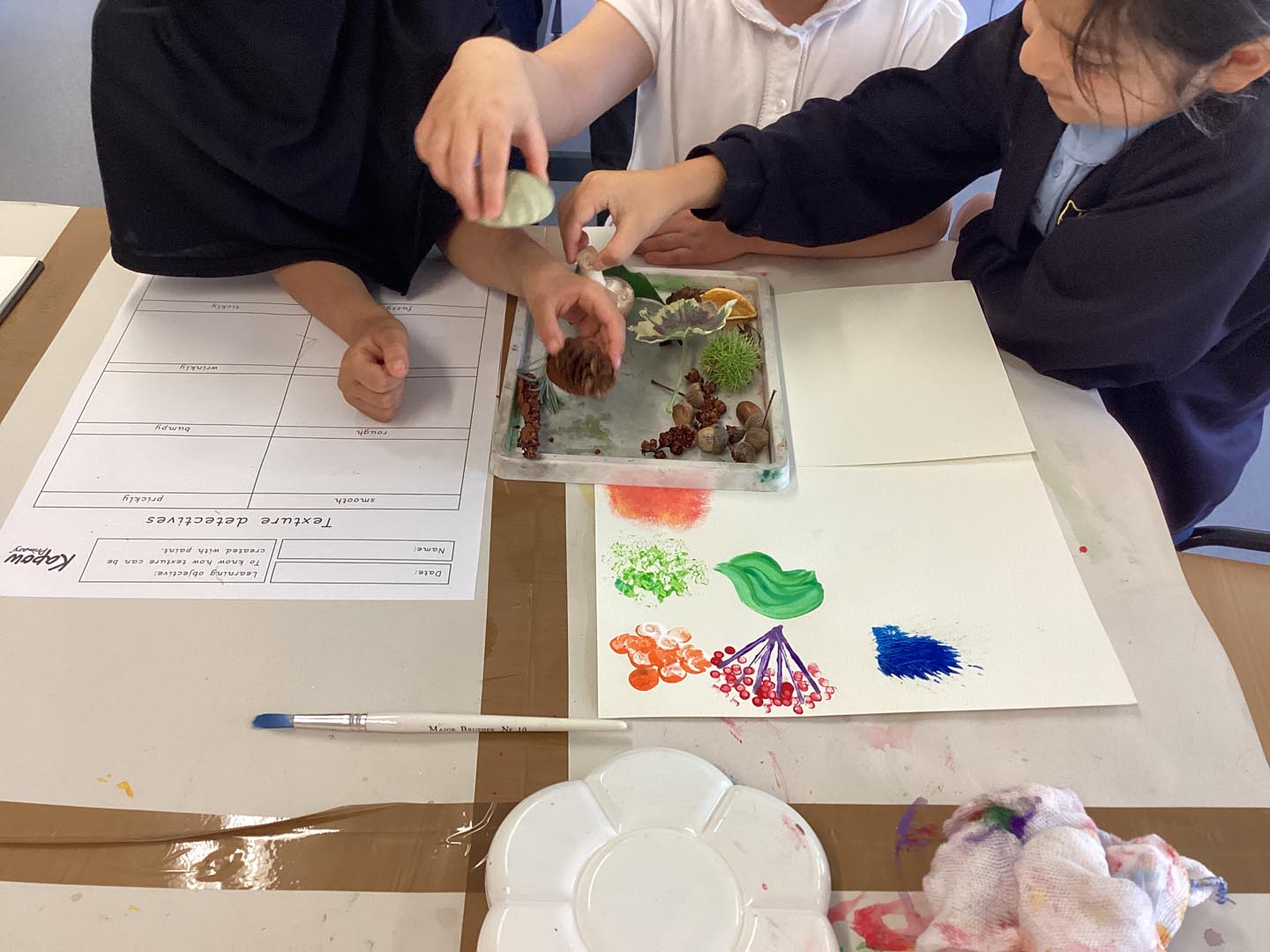
Montem Academy, Slough
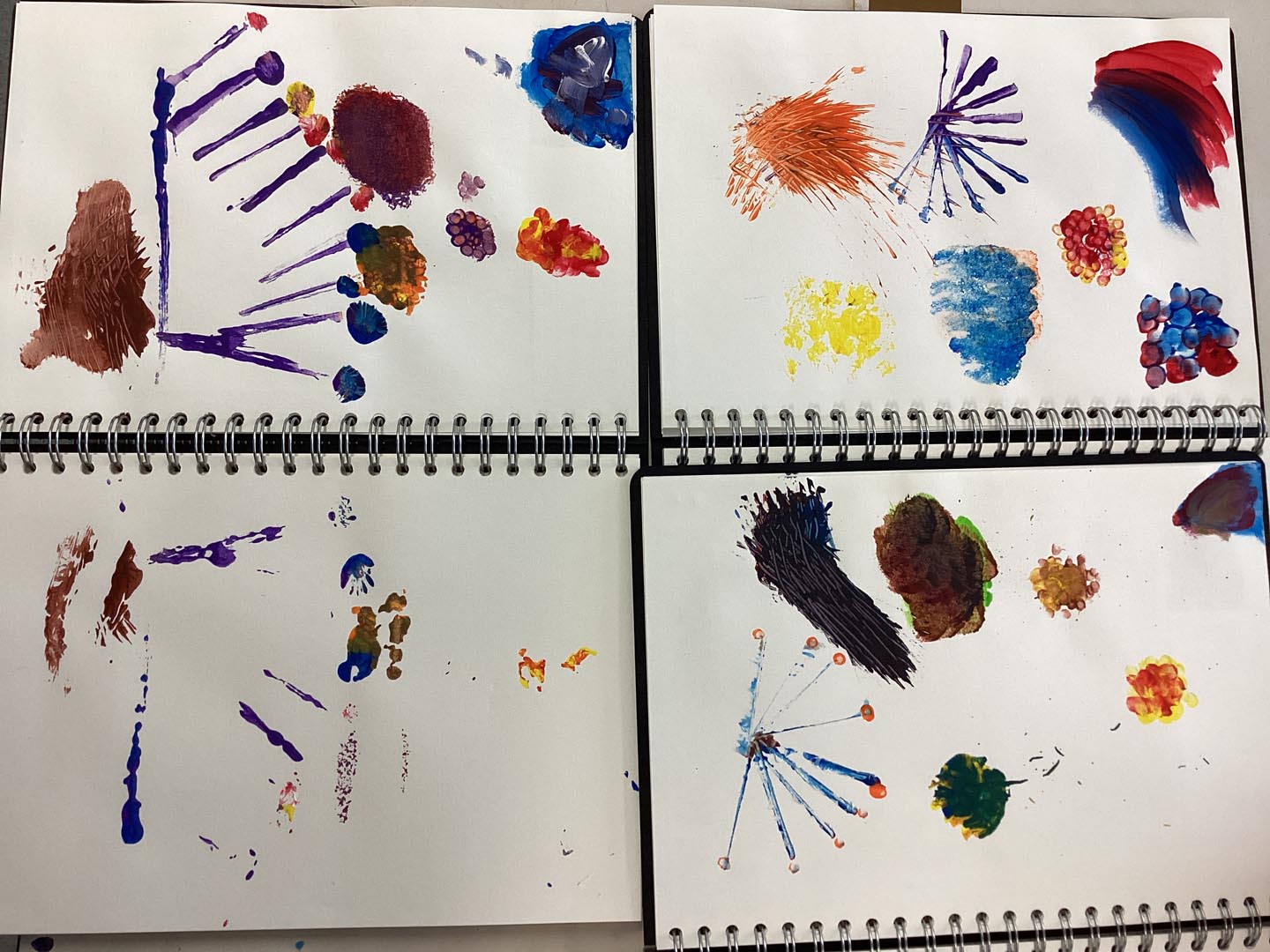
Montem Academy, Slough

Sissinghurst Primary School, Sissinghurst

Sissinghurst Primary School, Sissinghurst

Sissinghurst Primary School, Sissinghurst
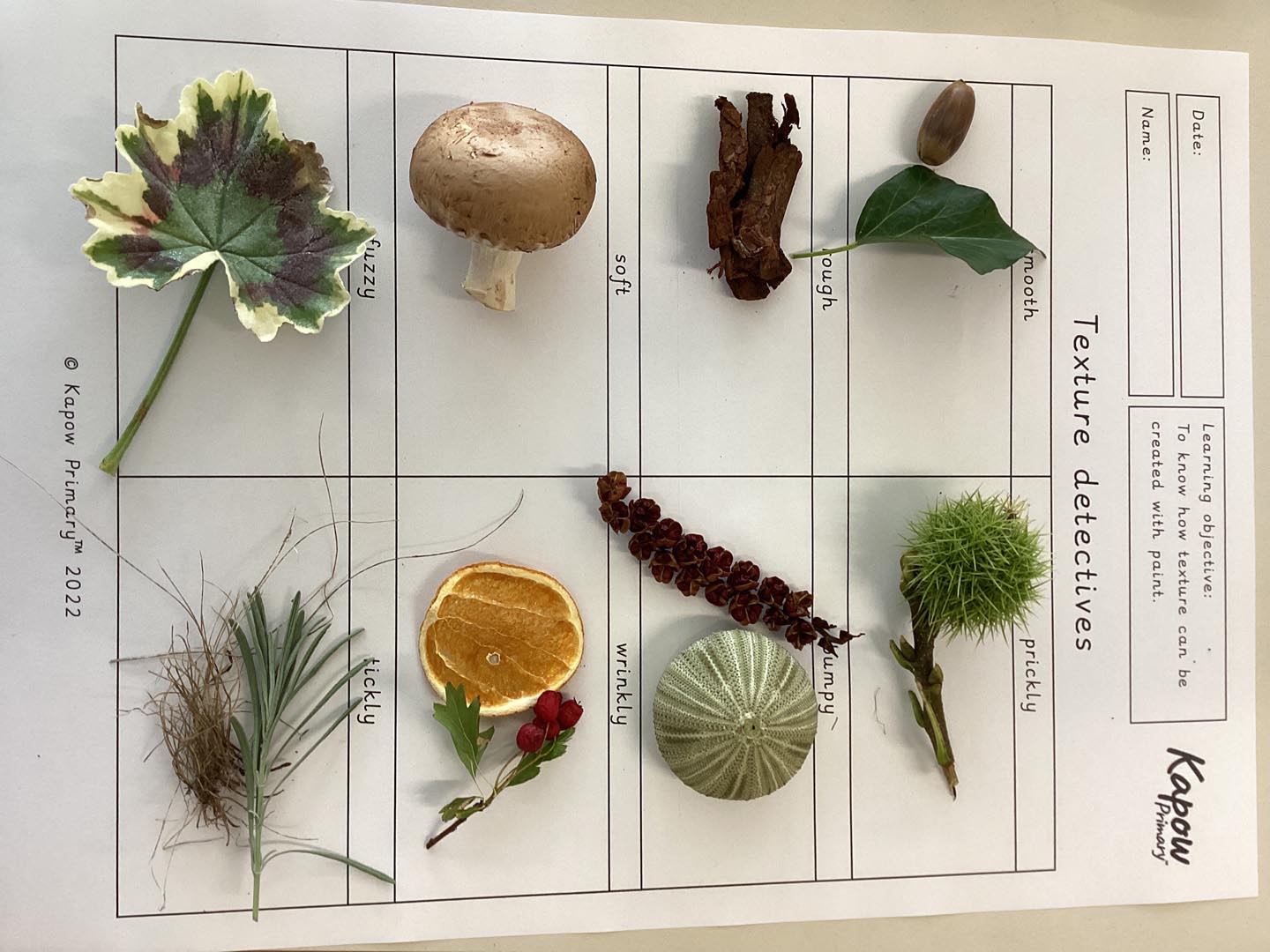
Montem Academy, Slough
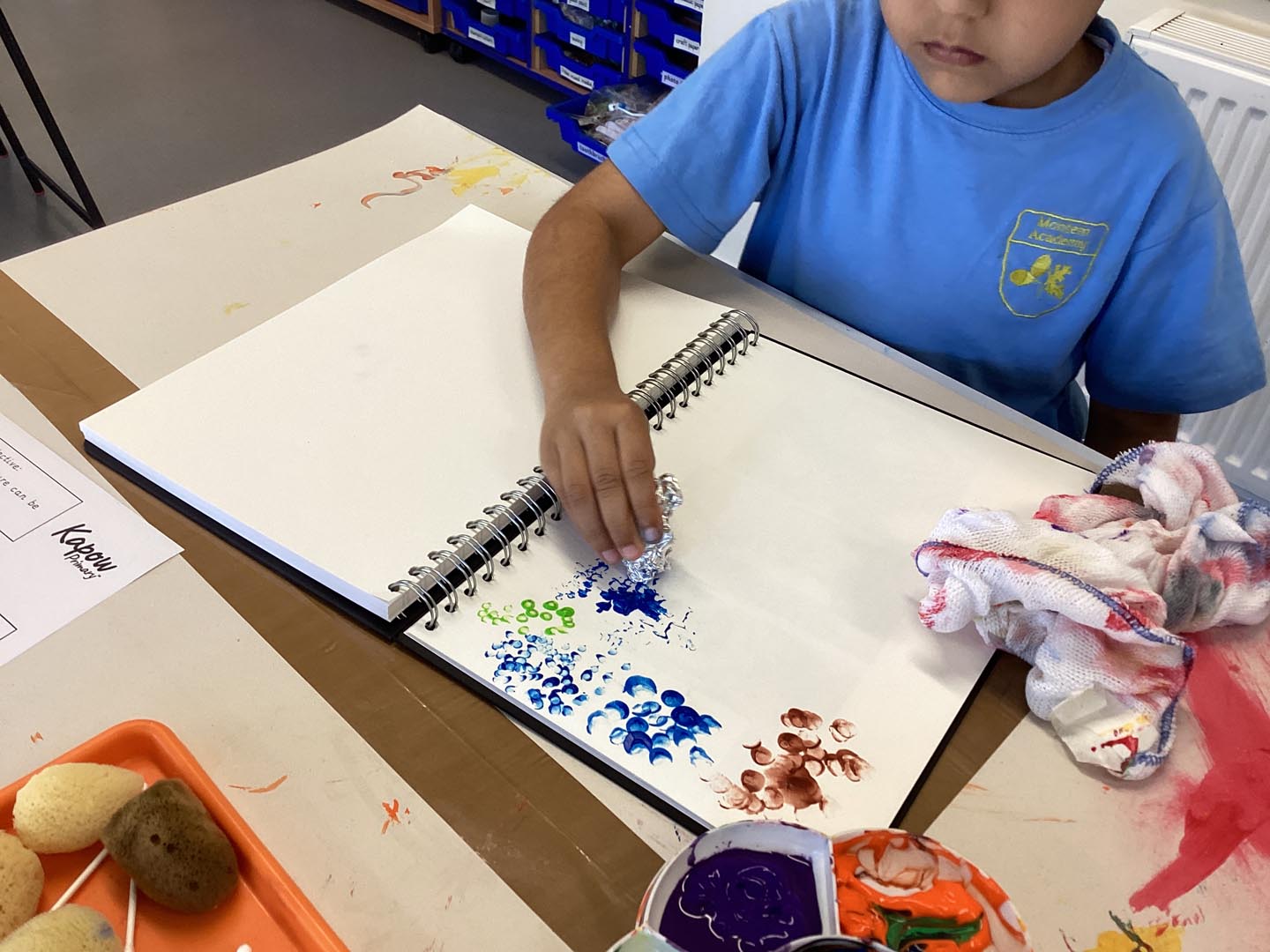
Montem Academy, Slough
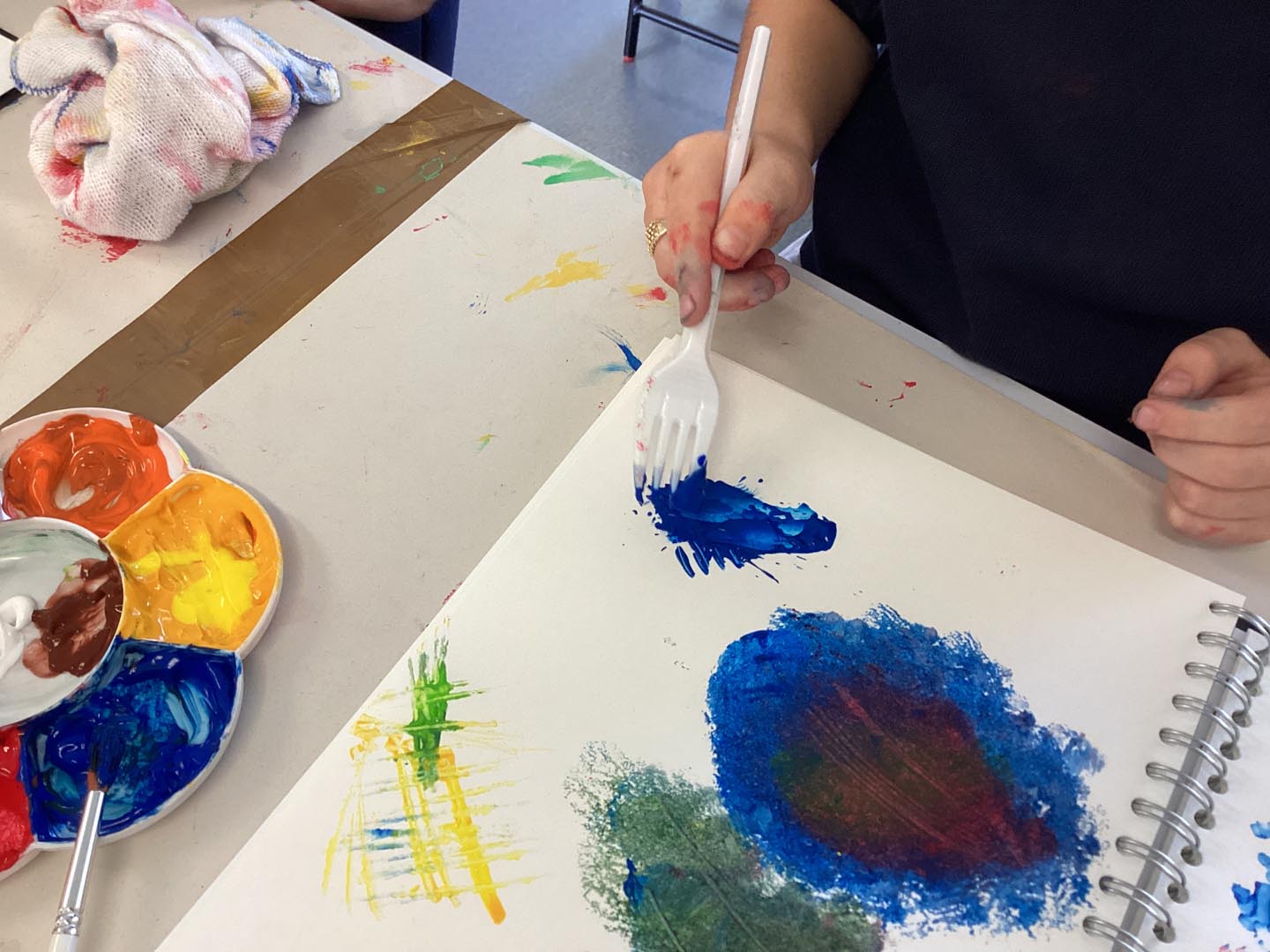
Montem Academy, Slough
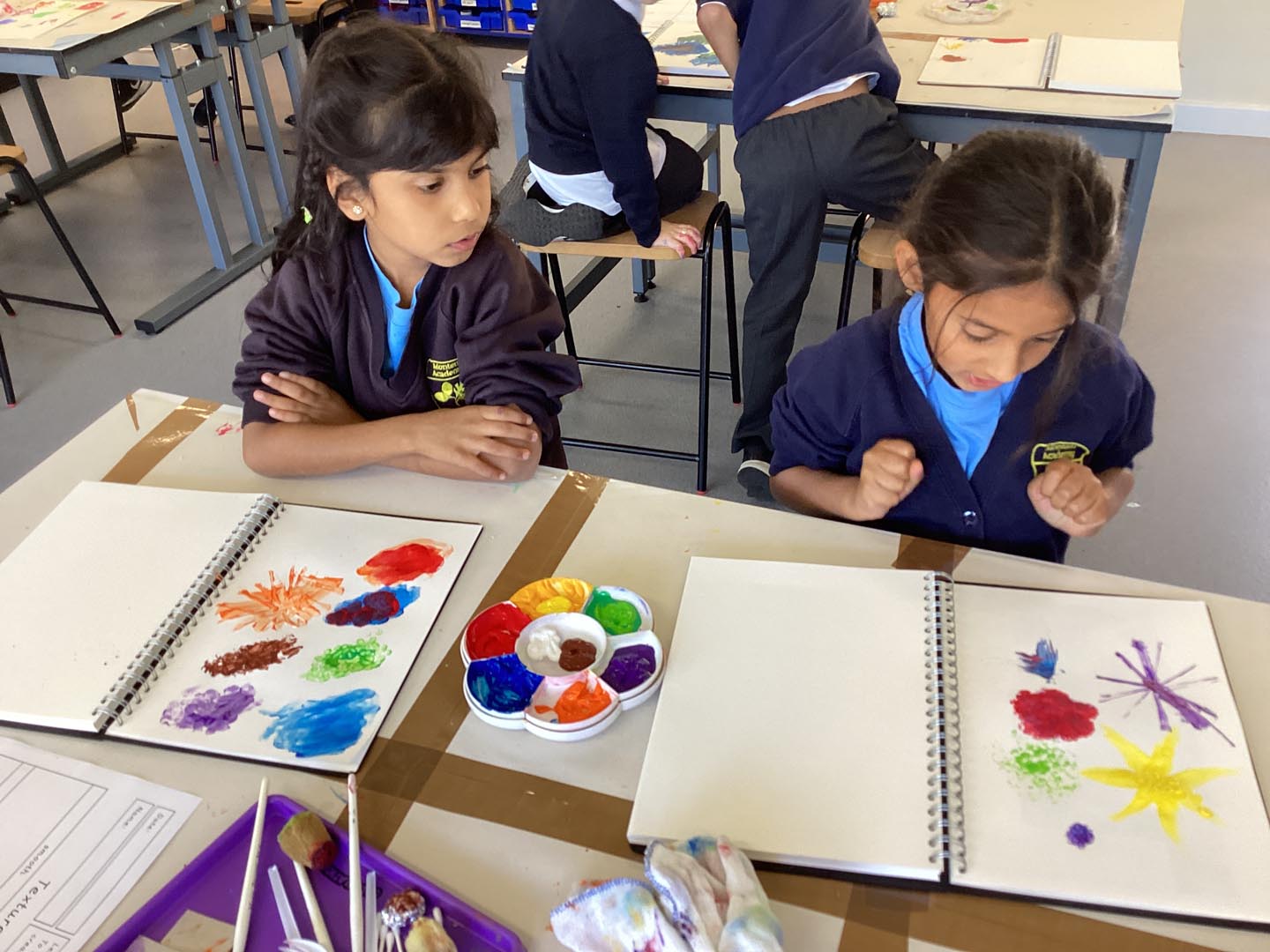
Montem Academy, Slough
This content is for subscribers only. Join for access today.

